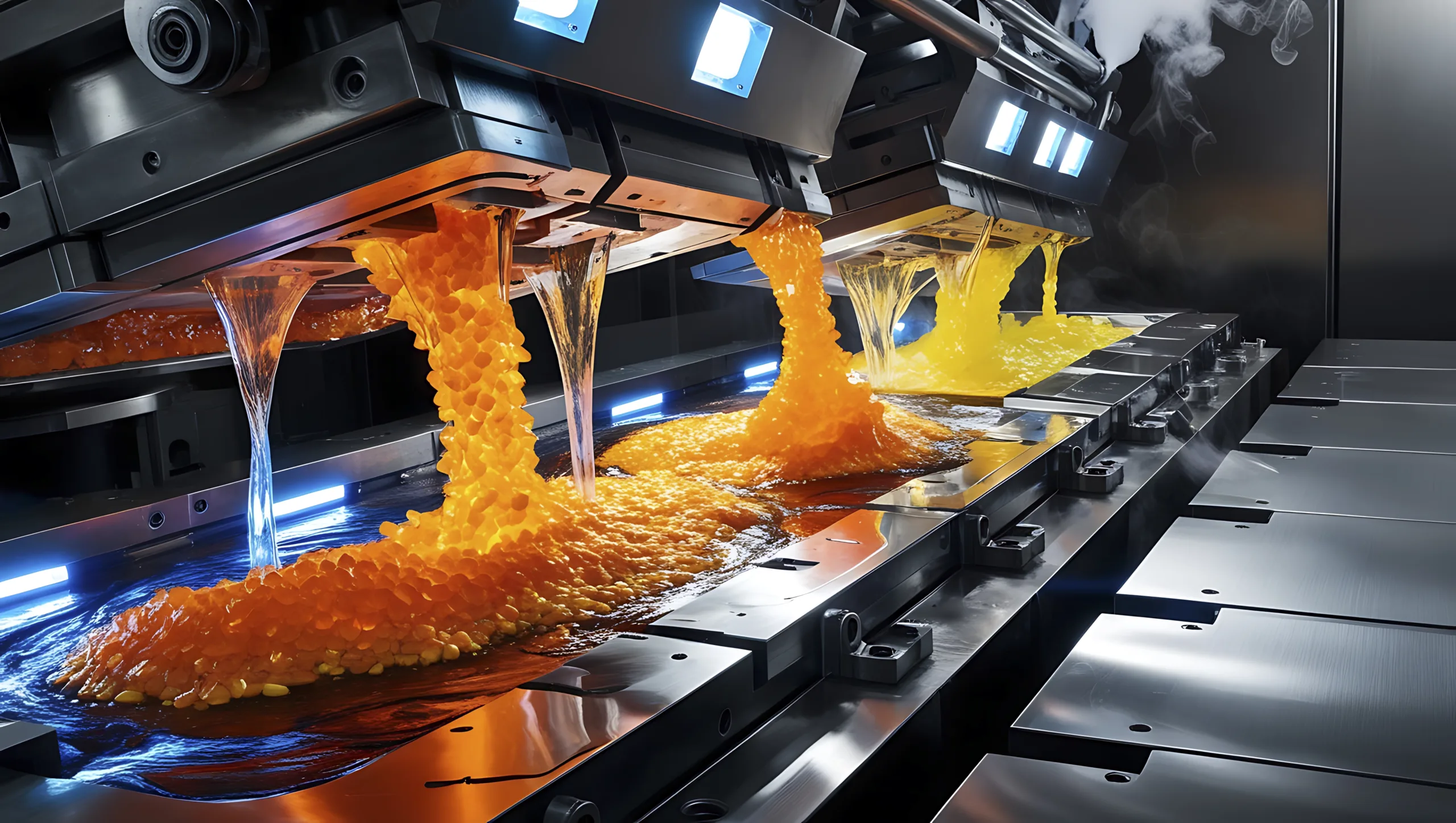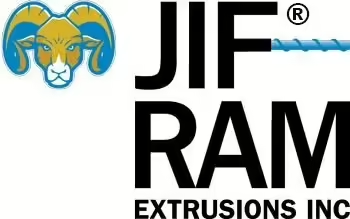Extrusion vs. Injection Molding Tolerances: A Comparative Analysis

In the realm of plastic manufacturing, two dominant processes stand out: extrusion and injection molding. While both are foundational to how many plastic parts are made, they serve very different purposes—especially when it comes to tolerances, cost, and ideal use cases. Understanding how each process works—and when to use one over the other—can make all the difference in product performance and budget efficiency.
What Is Extrusion?
Plastic extrusion involves forcing molten material through a shaped die to create continuous profiles with a uniform cross-section. Think of piping, edging, or channels—components that need to be long, consistent, and repeatable.
- Best For: Long, uniform parts (tubes, rods, trim)
- Price Channels, Graphic Holders, Corners, etc
- Common Tolerances: ±0.010 inches
- Key Benefit: Lower tooling costs due to simpler dies
What Is Injection Molding?
Injection molding involves injecting melted plastic into a mold cavity. Once cooled, the mold opens and the finished part is ejected. This process allows for incredibly complex shapes and high repeatability.
- Best For: Complex or detailed parts with tight tolerances
- Common Tolerances: ±0.005 inches or tighter
- Key Benefit: Ideal for high-volume production where precision matters
Tolerances: Why They Matter
Tolerances are the allowable limits of variation in a physical dimension. The tighter the tolerance, the more precise the part needs to be. This is where injection molding shines—it holds tighter tolerances and better repeatability than extrusion. However, extrusion can still offer consistent results for applications that don’t require ultra-tight fits.
Cost Comparison
- Extrusion: More cost-effective for simple, continuous shapes. Dies are less expensive and quicker to produce.
- Injection Molding: More expensive upfront due to the complexity of the mold, but cost-effective over large volumes due to precision and repeatability.
Which One Should You Use?
| If you need… | Use: |
| Long, uniform shapes | Extrusion |
| High precision and detail | Injection Molding |
| Lower upfront tooling costs | Extrusion |
| Tight tolerances for functionality | Injection Molding |
| High-volume runs of complex parts | Injection Molding |
| Simpler shapes and continuous output | Extrusion |
Conclusion
Extrusion and injection molding each have their place in modern manufacturing. If you’re looking for continuous shapes with flexible design needs, extrusion is your best bet. If your application demands intricate geometries or high-precision parts at scale, injection molding offers the edge—despite the higher upfront costs.
At Jifram, we’re here to help you find the right solution for your next project. Contact us to learn more about how our custom plastic extrusion services can meet your product’s performance, tolerance, and budgetary requirements.
